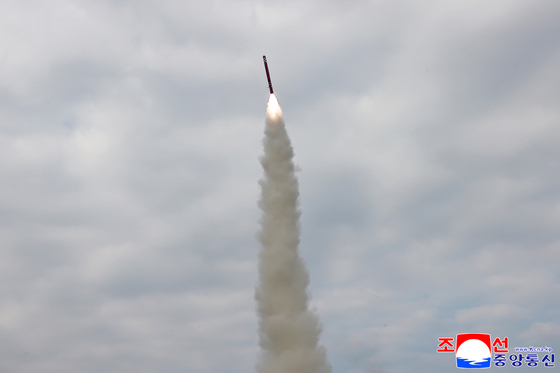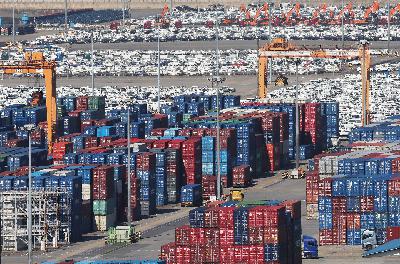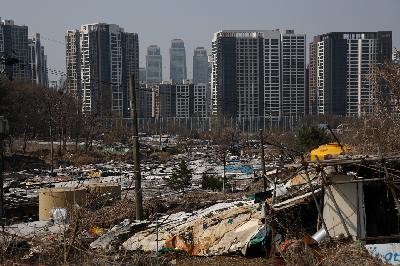Spend first on what can’t be seen
Update: 2025-10-28
Description
Yum Tae-jung
The author is the editor of National News at the JoongAng Ilbo.
In October 1871, a massive fire destroyed much of downtown Chicago. The blaze, which began in a barn, spread quickly through wooden buildings under strong winds. The city's firefighting system was weak, and more than 300 people were killed while some 100,000 lost their homes. Yet the tragedy became the foundation for rebuilding the city. Chicago's reconstruction required large buildings to use steel and fireproof materials, and streets were widened. Soon, steel-frame skyscrapers began to rise.
When I visited the city about a decade ago, I was struck by the skyline - tall, elegant buildings lining both sides of the river. The massive Trump Tower, visible from the sightseeing boat, stood as a reminder of the city's renewal. A guide explained that the fire had united Chicago's citizens in rebuilding their city stronger than before.
This year, Korea has faced its own lessons in disaster preparedness. In March, a large wildfire devastated northern North Gyeongsang, and in September, a fire at the National Information Resources Service (NIRS) data center in Daejeon crippled 709 government and civil service networks. The disruption left families unable to file cremation requests for deceased relatives, and small online sellers suffered business losses. Vast quantities of government data were lost, exposing the fragility of a system once hailed as the world's most advanced e-government.
More than a month after the fire, only about 70 percent of the affected systems have been restored. Full recovery continues to be delayed. The networks are closely linked, and cleaning up debris has taken time - but for citizens, the waiting feels endless. Police found that unqualified subcontractors caused the blaze while moving batteries. That such negligence occurred at a key national facility has raised serious questions. A thorough investigation and accountability are needed.
Had the backup data center in Gongju, South Chungcheong, been fully operational, the damage would have been far less severe. The project began in 2012 but was delayed for over a decade due to budget reviews and feasibility disputes, and it was only completed in May 2023. Originally slated to open last year, the plan was postponed after another government network failure in 2023.
After the Daejeon fire, the government announced plans to strengthen the Gongju center as the core national data backup hub. But creating a true dual system - where the backup activates instantly when the main system fails - will take more time and money. Disaster recovery generally follows two models: an "active-active" setup where both systems operate simultaneously, and an "active-standby" setup where one system remains idle until needed. Interior Minister Yun Ho-jung said building an active-active system for top-tier data networks alone would cost around 700 billion won, with even higher costs if second-tier systems are included.
The fundamental question is always the same - how the government allocates public funds. When wildfires swept through North Gyeongsang in the spring, firefighting was delayed due to a lack of large-capacity helicopters. Authorities had relied on smaller models that carried less water and were harder to maintain, citing budget constraints. Then-ruling People Power Party blamed the Democratic Party for cutting the helicopter budget, while the opposition countered that the government had not even proposed an increase. A similar dispute erupted over the Gongju backup system budget, with both sides accusing the other of past cuts.
Behind every poorly managed disaster lies not only human error but also inadequate equipment and underfunded systems. Projects that don't yield visible results - such as data redundancy or cybersecurity upgrades - are often sidelined for more politically appealing initiatives. Pork-barrel spending to win votes frequently dominates budget reviews. Yet without invisible ...
Comments
In Channel
























